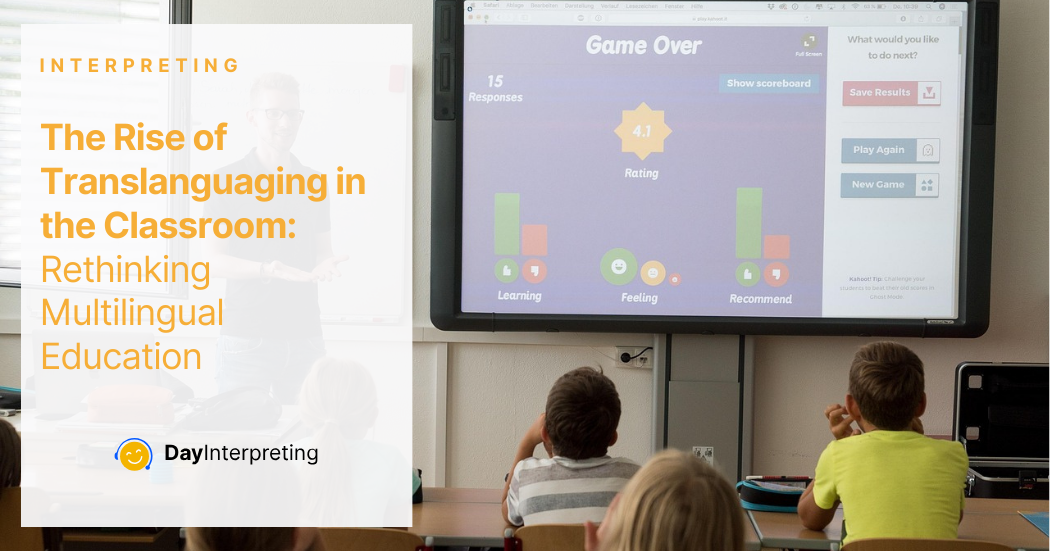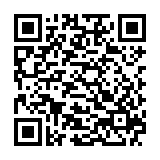For decades, education in many countries followed a simple rule: one classroom, one language. If you were in an English-medium school, you spoke only English. If you were in a French school, you stuck to French. But in today’s multilingual world, this approach is shifting. Teachers, linguists, and policymakers are turning toward a concept called translanguaging, and it’s changing how we think about language in education.
What is Translanguaging?
Translanguaging is the practice of using multiple languages together as part of the same learning process. It recognizes that multilingual people don’t keep their languages in separate mental “boxes” but rather use them fluidly to communicate, think, and learn.
In a translanguaging classroom, students might:
- Read a text in one language and discuss it in another
- Write an essay using vocabulary from two languages
- Use their home language to understand complex topics before switching to the target language for expression
The goal isn’t to replace formal language instruction, it’s to embrace students’ entire linguistic repertoire as a tool for learning.
What’s Urging the Trend Towards Translanguaging?
Global Migration and Diversity
Classrooms are more linguistically diverse than ever. In cities from Toronto to Johannesburg, it’s common for students to speak two or three languages at home. Traditional “English-only” or “French-only” policies can limit engagement for these learners.
New Research on Cognitive Benefits
Recent studies show that allowing students to draw on all their languages can improve comprehension, critical thinking, and academic confidence. Rather than hindering the target language, translanguaging often strengthens it by deepening understanding.
Policy Changes in Education
Countries like Wales, New Zealand, and South Africa are incorporating translanguaging strategies into official curricula, seeing them as a way to preserve heritage languages while still achieving proficiency in the language of instruction.
Benefits for Students and Teachers
Boosting Comprehension
When a student can clarify a complex concept in their first language, they build a stronger foundation before tackling it in the target language.
Building Confidence
Allowing students to use their full linguistic toolkit reduces the anxiety of “making mistakes” in one language. This can lead to more active participation.
Encouraging Cultural Inclusivity
Translanguaging values every language in the room, helping students feel their backgrounds are respected and their voices matter.
Challenges and Considerations
Teacher Preparation
Many teachers haven’t been trained in translanguaging techniques. Professional development is crucial to make the approach effective rather than chaotic.
Balancing Languages
There’s a difference between strategic translanguaging and unstructured switching. The former supports learning objectives; the latter can cause confusion if not guided well.
Resource Creation
Materials need to reflect linguistic diversity. This might mean creating bilingual glossaries, dual-language assignments, or multimedia resources.
Practical examples of translanguaging in action
- Science lessons: Students read instructions in the target language but discuss results in their strongest language before presenting findings bilingually.
- History projects: Learners collect oral histories from family in their home language and present them in the school’s language of instruction.
- Creative writing: Students blend languages in poetry or storytelling to express complex ideas they might struggle to capture in one language alone.
What This Means for Interpreting and Language Services
The rise of translanguaging has big implications beyond the classroom. Interpreters and language professionals may increasingly work with educators to create multilingual teaching resources, run workshops for teachers, or provide real-time classroom interpreting in schools with high linguistic diversity. Language service providers can also support schools in developing culturally responsive policies that acknowledge and celebrate students’ full linguistic identities.
In a world where borders are increasingly fluid and classrooms are more linguistically diverse than ever, translanguaging isn’t just a trend; it’s a practical, inclusive, and forward-looking approach to learning. For interpreters, educators, and language advocates alike, it’s an opportunity to reshape education so it works with, rather than against, the linguistic realities of the 21st century.





0 Comments